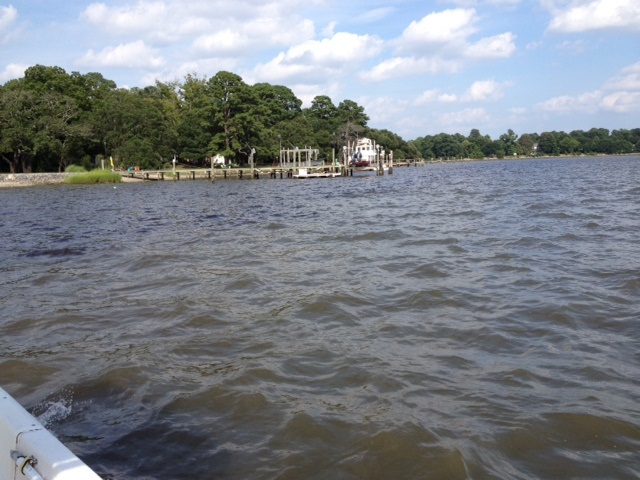NORFOLK-- Something growing in the Chesapeake Bay could mean trouble for marine life.
Scientists call it an algal bloom, microscopic algae that accumulate and can cause big problems.
Earlier this week, the Chesapeake Bay Foundation was alerted to one growing in the Lafayette River.
'They're a sign that our ecological system is out of balance, having too many nutrients in the water,' said Chris Moore, a senior scientist at the Hampton Roads Chesapeake Bay Foundation.
Pollution from agriculture, sewage plants and urban areas are among the causes for the blooms.
The foundation is currently working on long-term plans to reduce these pollutants and rehabilitate the nation's largest estuary.
'They're fairly short-lived organisms. and because decomposition uses up the oxygen in the water column, these oysters and fish and crabs in the river are threatened by that lack of oxygen as a result of that algae bloom,' explained Moore.
In a worst case scenario, the bloom could kill off oysters and fish and that could have ripple effects beyond the environment.
'Our economy in this area, a large component of that is commercial fishing, recreational fishing and healthy waterways make sure we can have a robust recreational fisheries, robust commercial fisheries,' said Moore.
On Friday, Governor Bob McDonnell announced 31 million dollars that will go toward funding projects aimed to rehabilitate the Chesapeake Bay.


